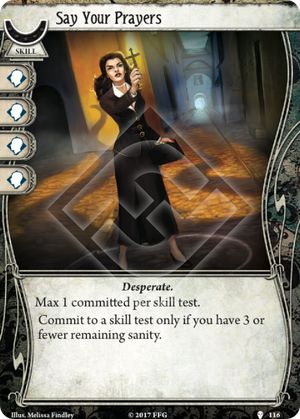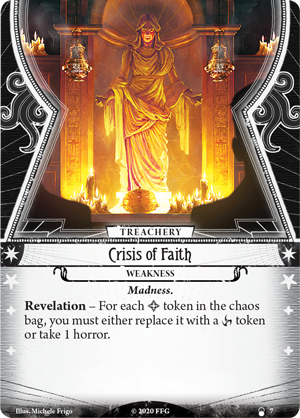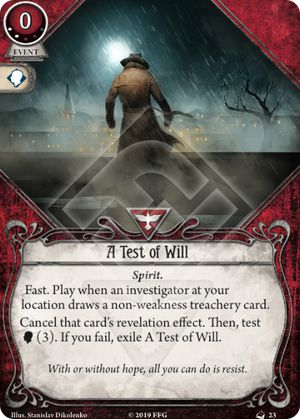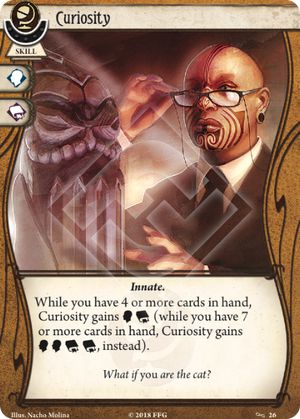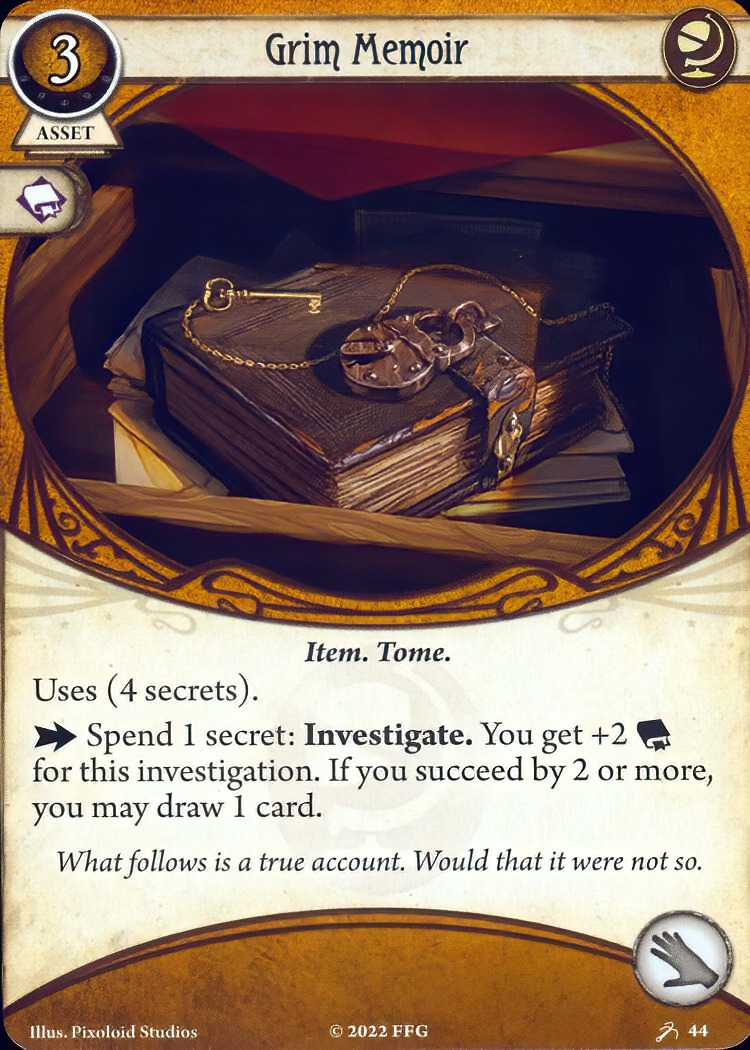
I've recently been running a big hand Daisy deck and holy moly this card is freaking amazing; it's an absolute crime that it doesn't have an upgrade. Even on Hard difficulty, I gain pretty reliable card draw with my clue discovery, accelerating set up while also filling my hand. The cherry on top is it being a Tome, of course, being one of the few tomes that allow for clue-gathering of ANY kind with your tome action (and being the ONLY one that affords an investigate action proper tmk).
Outside of Daisy, I'll caution that you shouldn't JUMP on this card as its biggest standout is accelerated drawing power while investigating. That's always nice for the average investigator in general, sure, but if you don't really need the draw, Flashlight is frequently the better option since it's cheaper and reduces difficulty as opposed to buffing your stat. In addition, there are cards like Magnifying Glass, Fingerprint Kit, Deduction (minus the hand slot difference), etc. that are better suited for bolstering your investigative ability proper than the memoir.
But yes, that's if you don't need the draw, and many Seekers love drawing cards not just because some of their class set affords it, but because in many cases it DEMANDS it. Minh Thi Phan is often busy committing cards so much that her draw needs to keep up the pace (which is half of why Analytical Mind is one of the most critical gator signatures in the game imho), and of course Harvey needs in-turn draw in order to make ANY use of his ability. Grim Memoir pairs needed draw with EXACTLY what a Seeker wants to be doing without forcing them stop the clue-gathering in its tracks, drop their pants, and spend an action or two cranking out cards. Try pairing this with the Ancient Stone suite for pretty consistent procs, all the while gathering clues like you want to be doing.
Maaaaan, I really hope this gets an upgrade of some kind. I feel like it comfortably fits its lvl 0 spot, but it can be quite the impactful lvl 0, especially smack dab in the middle of the class it's a part of, and I'd love to see what kind of different ways they could take this card. Or even just double-down on its base function, that'd be fine, too.
